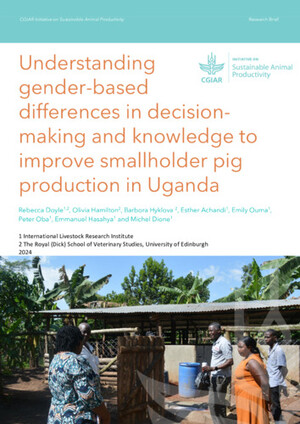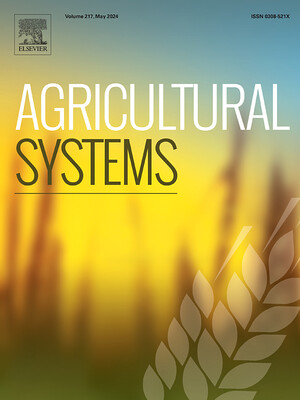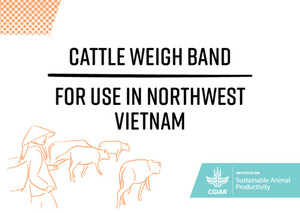
Will dairy cattle production in West Africa be challenged by heat stress in the future?
Abstract
This study focuses on heat stress conditions for dairy cattle production in West Africa under current and future climatic conditions. After testing the accuracy of the dynamically downscaled climate datasets for simulating the historical daily maximum temperature (Tmax) and relative humidity (RH) in West Africa for 50 meteorological stations, we used the dataset for calculating the temperature-humidity index (THI), i.e., an index indicating heat stress for dairy cattle on a daily scale. Calculations were made for the historical period (1981–2010) using the ERA-Interim reanalysis dataset, and for two future periods (2021–2050 and 2071–2100) using climate predictions of the GFDL-ESM2M, HadGEM2-ES, and MPI-ESM-MR Global Circulation Models (GCMs) under the RCP4.5 emission scenario. Here, we show that during the period from 1981 to 2010 for > 1/5 of the region of West Africa, the frequency ofsevere/dangerheat events per year, i.e., events that result in significant decreases in productive and reproductive performances, increased from 11 to 29–38 days (significant at 95% confidence level). Most obvious changes were observed for the eastern and southeastern parts. Under future climate conditions periods withsevere/dangerheat stress events will increase further as compared with the historical period by 5–22% depending on the GCM used. Moreover, the average length of periods withsevere/dangerheat stress is expected to increase from ~ 3 days in the historical period to ~ 4–7 days by 2021–2050 and even to up to 10 days by 2071–2100. Based on the average results of three GCMs, by 2071–2100, around 22% of dairy cattle population currently living in this area is expected to experience around 70 days more ofsevere/dangerheat stress (compare with the historical period), especially in the southern half of West Africa. The result is alarming, as it shows that dairy production systems in West Africa are jeopardized at large scale by climate change and that depending on the GCM used, milk production might decrease by 200–400 kg/year by 2071–2100 in around 1, 7, or 11%. Our study calls for the development of improved dairy cattle production systems with higher adaptive capacity in order to deal with expected future heat stress conditions.
Citation
Rahimi, J., Mutua, J.Y., Notenbaert, A.M.O., Dieng, D. and Butterbach-Bahl, K. 2020. Will dairy cattle production in West Africa be challenged by heat stress in the future? Climatic Change 161:665–685.










